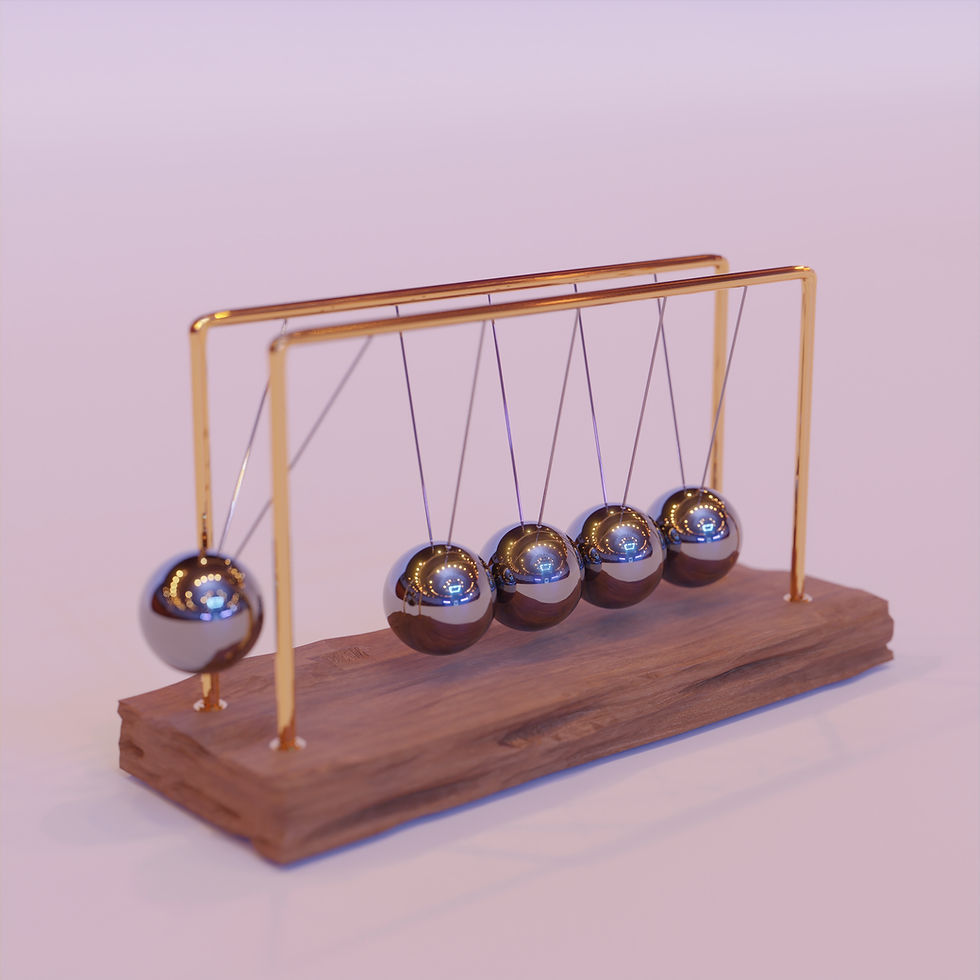Rosicrucianism in the Renaissance
- Sylvia Rose

- Jul 27, 2024
- 4 min read
Updated: Aug 22, 2024
Rosicrucianism is the study or following of a movement based in Renaissance thought, popular in the 17th century. Rosicrucians explore alchemy, chemistry, natural magic, philosophy, mathematics and arts in search of ancient wisdom.
The quest for Rosicrucianism in the Renaissance is an arduous one. In the beginning, two anonymous, cryptic works appear. These claim the Order of the "Rose-Croix" has kept great esoteric knowledge a secret until the intellectual climate is ready to receive it.
Among the philosophers of the Renaissance, the most brilliant minds of the time are intrigued. As occult texts, first one then the other make the rounds of intellectual circles. As is the norm among philosophers, several vent opinions about it.

The manifestos quickly disseminate across Europe. The Fama Fraternitatis Rosae Crucis (The Fame of the Brotherhood of the Rosy Cross) is known since 1610. Passed around the circles of German mystics, it's finally published in 1614.
The text recounts teachings of "Father Brother CRC" and his establishment of a secret society of illuminati. The second manifesto, Confessio Fraternitatis (The Confession of the Brotherhood of RC), is released in Frankfurt in 1615.

It addresses misconceptions and critiques while expanding on the original content, especially the premise of hidden knowledge. The manifestos give reference to the Qabalah, Hermeticism, alchemy, and Christian mysticism.
These are the precise areas of study fervently pursued by intellectuals of the Renaissance era. The works become foundational texts of the Rosicrucian movement. It's a completely male-oriented persuasion until the 1950s.

Many people are intrigued by the vision of a "universal reformation of mankind" through a science rooted in ancient esoteric wisdom. Rosicrucianism is believed to offer insights into nature, the cosmos, and the spiritual realm.
Dropping these tidbits into the laps of Renaissance philosophers is like Greek Eris, deity of discord, dropping her golden apple marked "to the fairest" in front of the vain goddesses. Everybody wants it. Desire for the apple even causes the Trojan War.

People like Michael Maier (1568 - 1622) and Robert Fludd (1574 - 1637) are defenders of Rosicrucianism, although there is nothing to defend but ideas. Until the first a resurgence of thought in the 1700s an actual organization or order does not exist.
German theologian Johannes Valentinus Andreae is a possible author of at least one of the original manifestos. Andreae is a prominent member of the German Protestant utopian movement. The movement focusses on science as the key to national prosperity.

He also claims authorship of a text Chymische Hochzeit Christiani Rosencreutz anno 1459 (pub. 1616, Strasbourg; English, Chymical Wedding of Christian Rosenkreutz 1459). Whether or not he did, his name gains some fame attached to the idea.
During the Renaissance, the concept of the "Invisible College" grows among intellectuals. It's mentioned in German Rosicrucian pamphlets in the early 17th century, and later in London. The art below is both delightful and symbolic.

These are groups connected by modes of thought rather than a physical location, though they might meet for pub night on Fridays. In London an "invisible college" turns into a visible one with the founding of the Royal Society by Charles II in 1660.
Rosicrucianism goes in and out of style. A member of the Royal Society, Isaac Newton, is accused of being "a Rosicrucian" due to his alchemical studies. Through history a few more orders appear as Rosicrucian revivals or continuations.

The Order of the Golden and Rosy Cross is founded as a German Rosicrucian organization in the 1750s by Freemason and alchemist Hermann Fictuld. It's open only to Master Masons. King of Prussia Friedrich Wilhelm II is a Mason by inheritance. He joins the Order.
By the 1770s, the order has centers in Berlin, Hamburg, Frankfurt am Main, Regensburg, Munich, Vienna, Prague, Poland, Hungary, and Russia. The name is from a 1710 publication, The perfect and true preparation of the Philosophers Stone according to the secret of the Brotherhoods of the Golden and Rosy Cross.

After the 1797 death of Prussian King Wilhelm II, an enthusiastic member, interest declines. Society moves to new trends. Rosicrucianism becomes a brick-and-mortar organized religion in the 20th century, and Christian Rosenkreuz is still a testament to human credulity.
Non-Fiction Books:
Fiction Books:
READ: Cult of the Fire God - Bronze Age Quest Adventure
READ: Lora Ley Adventures - Germanic Mythology Fiction Series
READ: Reiker For Hire - Victorian Detective Murder Mysteries



